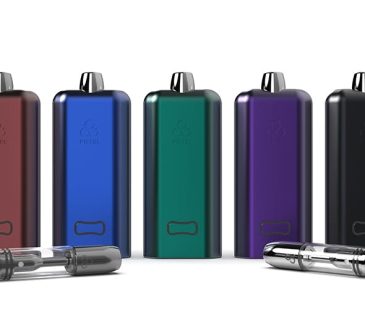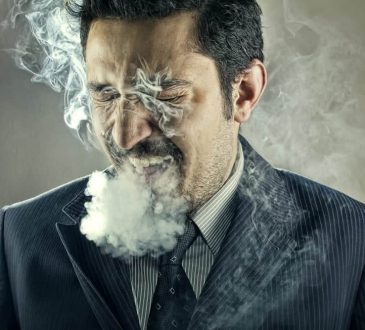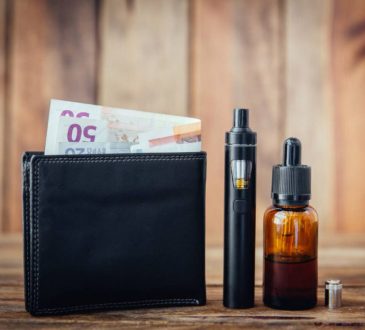
The debate between vapor and smoke has been a contentious one, with strong opinions on both sides. The rise of vaping as an alternative to traditional smoking has sparked discussions on the differences between the two. In this article, we will explore the key distinctions between vapor and smoke, leaving no room for ambiguity or confusion.
Composition
The fundamental difference between vapor and smoke lies in their composition. Smoke is the result of combustion, where organic matter, such as tobacco or herbs, is burned, releasing a range of harmful chemicals, including tar and carbon monoxide. On the other hand, vapor is created by heating a liquid or solid substance, such as e-liquids or herbal concentrates, without combustion. The process of vaporization produces a cloud of fine particles suspended in air, which is inhaled by the user.
Inhalation
When it comes to inhaling vapor or smoke, the experience is notably distinct. Smoke is known for its harshness, often causing irritation to the throat and lungs. It carries a strong odor and leaves a lingering scent on clothing and surroundings. In contrast, vapor is generally smoother and milder, causing less discomfort during inhalation. Additionally, vapor tends to dissipate quickly, leaving behind minimal residual odor.
Health Effects
One of the most crucial aspects to consider when comparing vapor and smoke is their impact on health. Smoke contains a multitude of toxic substances, including carcinogens, which have been linked to various health issues such as lung cancer, respiratory problems, and cardiovascular diseases. In contrast, vapor is believed to be a significantly less harmful alternative. While more research is needed, current evidence suggests that the levels of toxicants found in vapor are significantly lower than those present in smoke, thus potentially reducing the associated health risks.
Secondhand Exposure
Another critical consideration is the impact of secondhand exposure. Traditional smoking is known to release harmful secondhand smoke, which can affect nearby individuals, even if they are not actively smoking. Secondhand smoke has been linked to various health conditions, particularly in nonsmokers. Vapor, on the other hand, generally dissipates quickly and produces minimal secondhand exposure. While some concerns exist about potential risks from secondhand vapor, research suggests that the levels of harmful substances released are significantly lower than those in secondhand smoke.
Regulation and Perception
Vapor and smoke are also subject to different regulatory frameworks and societal perceptions. Smoke from traditional cigarettes and other tobacco products has long been subject to strict regulations due to the recognized health risks associated with smoking. On the contrary, the regulations surrounding vapor products are still evolving and can vary across different jurisdictions. As for societal perceptions, smoking has increasingly garnered negative connotations due to its well-established health risks, while vapor products are often viewed as a potentially less harmful alternative.
How are smoke and vapor different?
smoke and vapor are distinct in composition and behavior. Smoke is a product of combustion, while vapor is a result of vaporization. The health risks associated with smoking are well-established, while vapor offers a potentially safer alternative.




